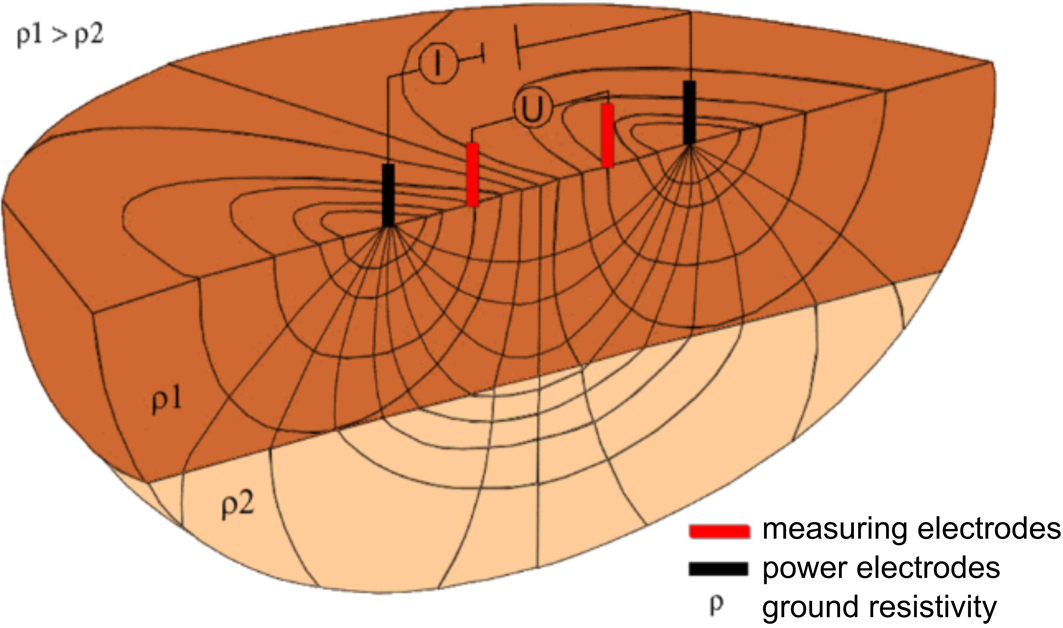The use of non-invasive ERT method to diagnose karst in road engineering in the Lublin Upland (Poland)
1
Faculty of Civil Engineering, Warsaw University of Technology, Poland
2
Department of Engineering Geology, Polish Geological Institute – National Research Institute, Poland
Submission date: 2023-06-22
Final revision date: 2023-09-27
Acceptance date: 2023-10-24
Publication date: 2024-04-02
Corresponding author
Anna Lejzerowicz
Faculty of Civil Engineering, Warsaw University of Technology, Al. Armii Ludowej 16, 00-637, Warsaw, Poland
Faculty of Civil Engineering, Warsaw University of Technology, Al. Armii Ludowej 16, 00-637, Warsaw, Poland
Archives of Civil Engineering 2024;70(1):557-571
KEYWORDS
TOPICS
ABSTRACT
Appropriate design in linear construction depends on many factors, including detailed geological conditions. One of the biggest problems are unrecognized erosion forms, in particular karst ones, which have a huge impact on the design and subsequent operation of roads. For this purpose, in addition to conventional methods such as drilling or geotechnical probing, which are point-based, non-invasive spatial geophysical methods are used. This article presents an example of the use of geoelectrical surveys, Electrical Resistivity Tomography (ERT) for the recognition of karst zones for linear investments. The article describes ERT investigations, which to some extent allows to identify dangerous karst phenomena occurring in the Lublin Upland (Poland), which are of great importance at the design stage of roads and in their further safe operation. Non-invasive geophysical research has been verified and confirmed by traditional geotechnical research, which confirms the effectiveness of their use. The Electrical Resistivity Tomography was used as a method providing a broader spectrum of knowledge on the spatial arrangement of soil layers in the subgrade of the planned road investments. It also enabled a more accurate, more detailed interpretation of geotechnical studies. The described geophysical investigations opens wide possibilities for their application to researchers. In the future, non-invasive methods have a chance to become as reliable as geotechnical methods, but this requires a lot of research to improve the effectiveness and accuracy of the interpretation of the obtained results.
We process personal data collected when visiting the website. The function of obtaining information about users and their behavior is carried out by voluntarily entered information in forms and saving cookies in end devices. Data, including cookies, are used to provide services, improve the user experience and to analyze the traffic in accordance with the Privacy policy. Data are also collected and processed by Google Analytics tool (more).
You can change cookies settings in your browser. Restricted use of cookies in the browser configuration may affect some functionalities of the website.
You can change cookies settings in your browser. Restricted use of cookies in the browser configuration may affect some functionalities of the website.




